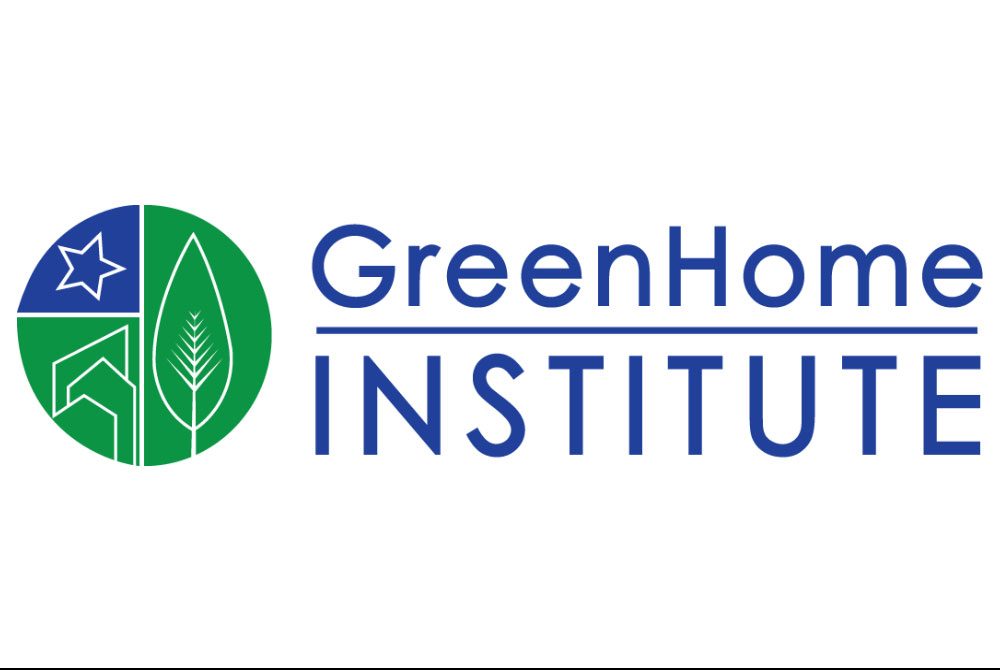New Energy Star for Homes Guidelines
The U.S. Environmental Protection Agency has released the Version 3 Guidelines for ENERGY STAR® Qualified New Homes.
The new guidelines are quite a step up from the existing Energy Star guidelines, and specify two compliance paths. The prescriptive path applies only to homes that fall within the size limits of a Benchmark Home. Under the prescriptive path, the builder must meet the requirements of a reference design and mandatory testing requirements. The reference design requires insulation levels that meet or exceed the 2009 International Energy Conservation Code (IECC) requirements, as well as setting forth standards for HVAC equipment, domestic hot water, thermostats, ductwork, lighting, and appliances.
The Mandatory Requirements for All Qualified Homes require professional third-party rating for thermal enclosure, HVAC, and water management. Many of these measures are currently being done now in LEED for Homes projects, such as the pre-drywall inspection and the Durability evaluation and third-party verification.
In the Energy Star v3 performance path, homes must meet a target score on the Home Energy Rating Service (HERS) rating scale, using RESNET-accredited home rating software as well as meeting the Mandatory Requirements and having all insulation, windows, doors, and skylights meeting IECC 2009. The new 3.0 guidelines go into partial effect for most new homes on 1/1/2011, and full effect on 1/1/2012.
On a related note, LEED for Homes is also planning a revision in 2012, which will likely go out for public comment this fall. Many of the optional performance tests in LEED for Homes, such as outdoor air flow (IEQ 4.3), bedrooms and kitchen / bathroom exhaust (IEQ 5.3) and air supply (IEQ 6.3) testing will be required as part of the Energy Star v3 changes. Keep your eyes open to see how the next version of LEED for Homes will take into account the Energy Star v3 changes.





